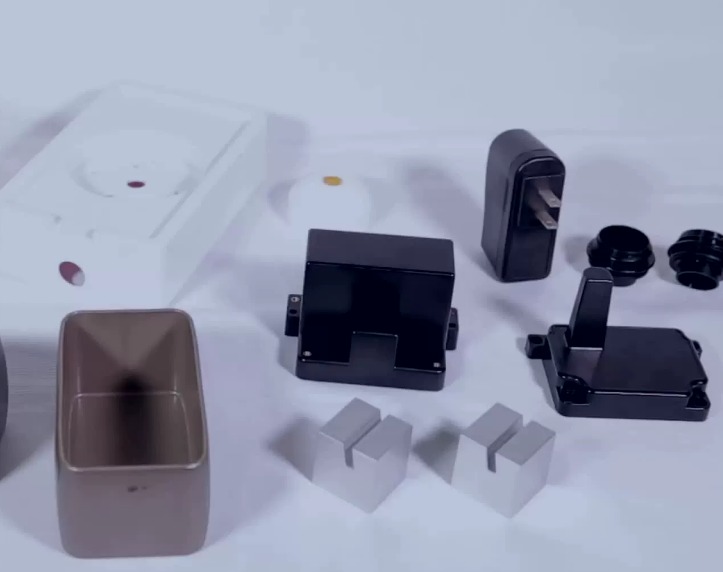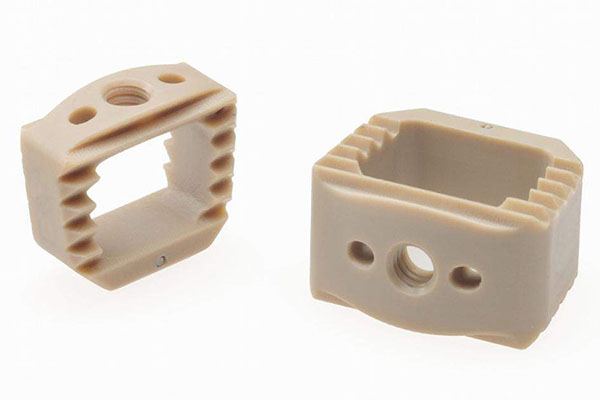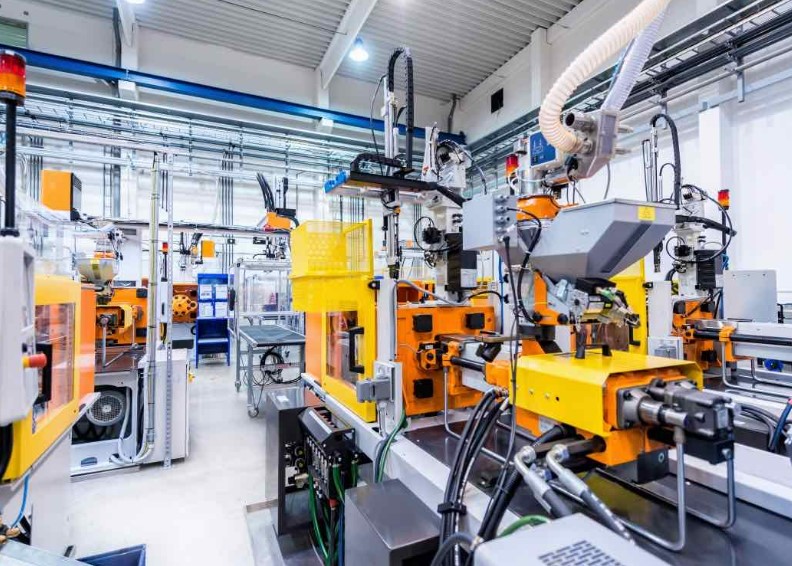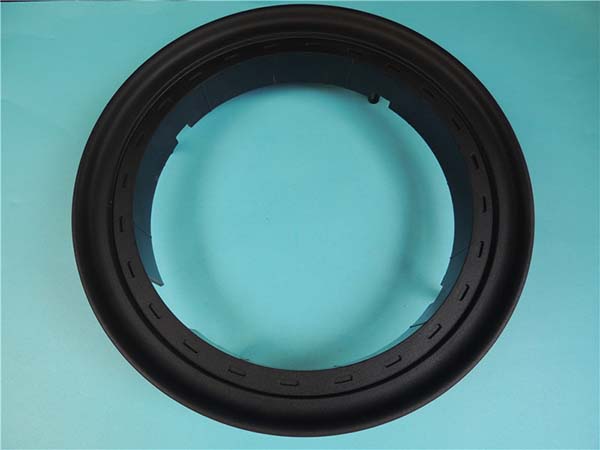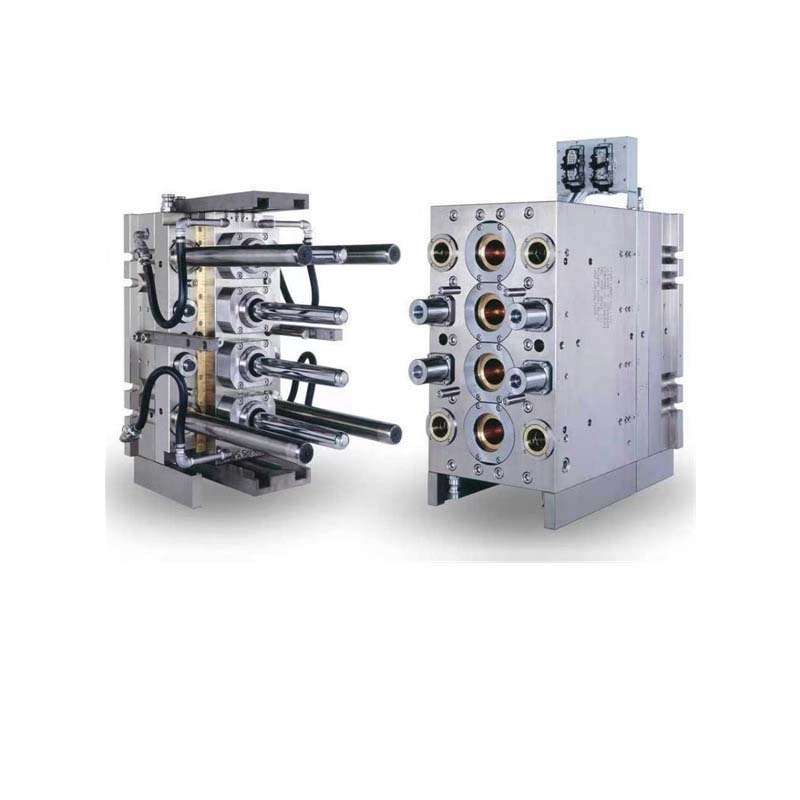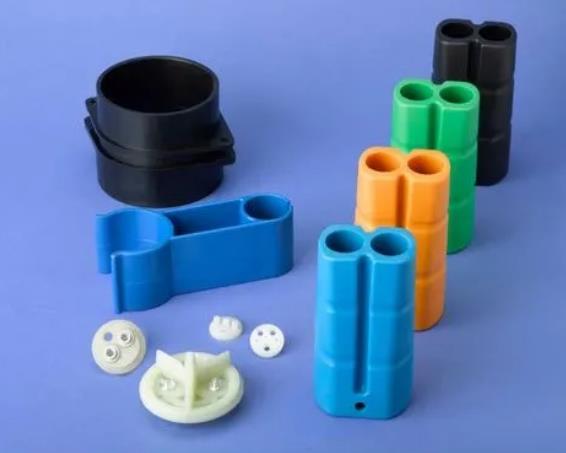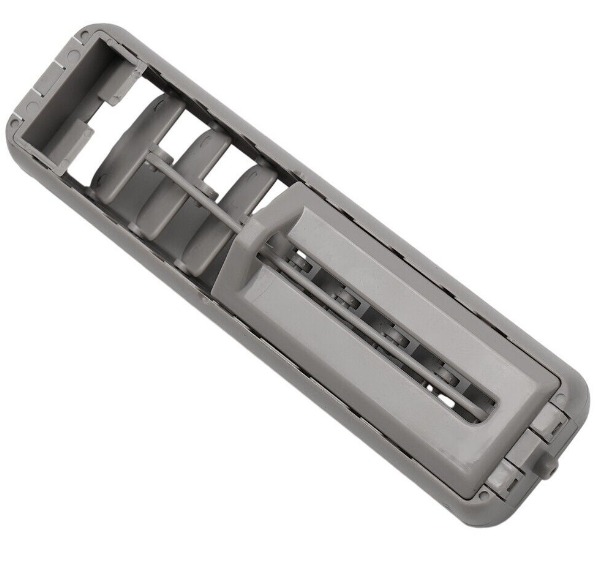Understanding Injection Molding Pressure
Injection molding pressure is a fundamental parameter in the plastic injection molding process. It refers to the force exerted on the molten plastic material as it is injected into the mold cavity. This pressure plays a pivotal role in ensuring the successful formation of high - quality plastic parts.
How Injection Molding Pressure Works
During the injection molding cycle, the plastic material is first heated in the barrel of the injection molding machine until it reaches a molten state. Once in this state, the screw in the injection unit rotates, pushing the molten plastic forward. The injection molding pressure then forces this molten plastic through the runner system and into the mold cavity. For example, in the production of a plastic toy, the molten plastic, under high injection pressure, fills every intricate detail of the mold, such as the eyes, limbs, and clothing details of the toy.
Importance for Plastic Part Quality
- Proper Filling: Sufficient injection molding pressure is crucial for complete mold filling. If the pressure is too low, the plastic may not reach all areas of the mold, resulting in short shots. A study by [ABC Research Institute] found that in 30% of defective plastic parts, insufficient injection pressure was the root cause of short shots.
- Wall Thickness and Uniformity: It also affects the wall thickness of the plastic part. Consistent pressure ensures uniform wall thickness throughout the part. In the manufacturing of plastic pipes, for instance, uneven injection pressure can lead to inconsistent wall thicknesses, which can weaken the pipe's structural integrity.
- Reducing Defects: Appropriate pressure helps in reducing defects like voids and sink marks. When the pressure is right, the molten plastic can fill the mold evenly, minimizing the formation of air pockets (voids) and depressions (sink marks) on the surface of the part.
Significance for Production Efficiency
- Cycle Time: Injection molding pressure can influence the cycle time of the injection molding process. Higher pressures can sometimes lead to faster filling, reducing the overall cycle time. However, this must be balanced, as overly high pressure can cause other issues like mold wear.
- Productivity: By optimizing the injection molding pressure, manufacturers can produce more parts in less time. For a plastic container manufacturing plant running 24/7, a 10% reduction in cycle time due to optimized pressure can result in thousands of additional containers produced daily.
Factors Affecting Injection Molding Pressure
Injection molding pressure is not a one - size - fits - all parameter. It is influenced by multiple factors, each of which plays a crucial role in determining the optimal pressure for a successful injection molding process. Understanding these factors is key to achieving high - quality plastic parts.
Plastic Material Properties
Different plastic materials have unique properties that significantly impact the required injection molding pressure. For example, materials with high viscosity, such as polycarbonate (PC), require higher injection pressures to flow into the mold cavity compared to low - viscosity materials like polyethylene (PE). Here is a comparison of some common plastic materials and their typical injection molding pressure ranges:
| Plastic Material | Melt Viscosity | Injection Molding Pressure Range (MPa) |
| Polyethylene (PE) | Low | 30 - 70 |
| Polypropylene (PP) | Moderate | 40 - 80 |
| Polystyrene (PS) | Moderate - High | 50 - 100 |
| Polycarbonate (PC) | High | 80 - 150 |
| Acrylonitrile Butadiene Styrene (ABS) | Moderate | 50 - 120 |
The melt viscosity of a plastic material is related to its molecular structure. Long - chain and highly branched molecules tend to increase viscosity, demanding more pressure to move the molten plastic through the mold.
Part Geometry and Design
The geometry and design of the plastic part are also critical factors. Complex - shaped parts with thin walls, long flow paths, or intricate details require higher injection molding pressures. For instance, a small plastic gear with fine teeth needs a higher pressure to ensure that the molten plastic fills all the tiny tooth cavities accurately.
In contrast, a simple, thick - walled part like a plastic bucket can be molded with a relatively lower pressure. The flow length - to - thickness ratio (L/t) of the part is an important metric. A higher L/t ratio indicates a longer flow path relative to the wall thickness, which usually means higher pressure is needed. For example, if a part has a long, thin - walled section that the plastic must flow through to fill the mold, the injection pressure must be sufficient to overcome the friction and resistance along this path.
Mold Design and Structure
The mold design and structure have a direct bearing on the injection molding pressure. A well - designed mold with smooth - flowing runners and gates can reduce the resistance to the molten plastic flow, thus lowering the required injection pressure. For example, a mold with a large - diameter runner and a properly sized gate allows the plastic to flow more freely into the cavity.
There are different types of mold structures, such as two - plate molds and three - plate molds. Two - plate molds are relatively simple and often used for straightforward part designs. They generally require a lower injection pressure compared to three - plate molds. Three - plate molds, which are more complex and are used for parts with more complex gating requirements or multiple cavities, may demand higher injection pressures due to the additional flow paths and potential for increased resistance. Additionally, the presence of inserts or cores in the mold can also affect the pressure needed, as they can disrupt the flow of the molten plastic and create areas of higher resistance.
Injection Molding Machine Specifications
The specifications of the injection molding machine, including its maximum injection pressure capacity, screw diameter, and injection volume, limit and influence the achievable injection molding pressure. Different models of injection molding machines have different pressure ranges. For example:
| Injection Molding Machine Type | Maximum Injection Pressure (MPa) | Typical Application |
| Small - sized Machine | 50 - 100 | Small plastic parts like buttons, small toys |
| Medium - sized Machine | 100 - 200 | General - purpose parts such as household appliance components |
| Large - sized Machine | 200 - 400 | Large - scale parts like automotive bumpers, large containers |
If the required injection pressure for a particular job exceeds the maximum capacity of the injection molding machine, it will not be possible to produce high - quality parts. The screw diameter of the machine also affects the pressure generation. A larger screw diameter can provide more force to push the molten plastic, potentially allowing for higher injection pressures, but it also depends on the power of the injection unit motor.
Yigu Technology's Perspective
As a non - standard plastic metal products custom supplier, Yigu Technology deeply understands the significance of optimizing injection molding pressure. In our experience, precise control of injection molding pressure is the key to producing high - quality and customized products.
When dealing with non - standard parts, the complexity of part geometry and design varies greatly. For some intricate plastic - metal composite parts, we need to carefully analyze the flow path of the molten plastic. By using advanced simulation software, we can predict the required injection pressure more accurately before actual production. This not only helps us avoid defects but also reduces the number of trial - and - error adjustments during production, saving both time and cost.
We also focus on the combination of different materials in plastic - metal products. The interaction between plastic and metal inserts may require unique injection pressure settings. For example, when molding plastic around a metal insert, we need to ensure that the injection pressure is sufficient to firmly bond the plastic to the metal while not causing damage to the insert or generating internal stress in the part. Through continuous experimentation and improvement, we have accumulated rich experience in handling such complex situations and are committed to providing customers with the best - quality customized products.
FAQ
Q1: What are the common signs of incorrect injection molding pressure?
Common signs include short shots, where the plastic fails to fully fill the mold cavity, resulting in an incomplete part. Flash, which is excess plastic that seeps out between the mold halves, is another sign. Sink marks, small depressions on the surface of the part, often occur when the injection pressure is too low to compensate for the shrinkage of the plastic during cooling. Voids, or air pockets inside the part, can also indicate improper injection pressure, as the molten plastic may not be filling the mold evenly.
Q2: Can injection molding pressure be adjusted during the production process?
Yes, injection molding pressure can be adjusted during the production process, but it should be done with caution. Modern injection molding machines are equipped with control systems that allow operators to make real - time adjustments. However, sudden or large - scale adjustments can lead to inconsistent part quality. It's important to make incremental changes and closely monitor the effects on the parts being produced. For example, if a short - shot issue is noticed, a small increase in pressure can be attempted, and then the part quality should be inspected before further adjustments are made. Also, the adjustment should be made within the safe operating range of the injection molding machine.
Q3: How does Yigu Technology ensure optimal injection molding pressure for custom plastic parts?
Yigu Technology ensures optimal injection molding pressure through multiple measures. First, our experienced engineers conduct in - depth analysis of the part design and material properties before production. Precise mold design is carried out, taking into account factors like part geometry and flow paths to minimize resistance to plastic flow. We use advanced injection molding equipment with accurate pressure control systems. During production, strict process control is implemented. We continuously monitor the injection molding process and make fine - tuned adjustments to the pressure based on real - time data and quality inspections, ensuring that each custom plastic part meets the highest quality standards.
